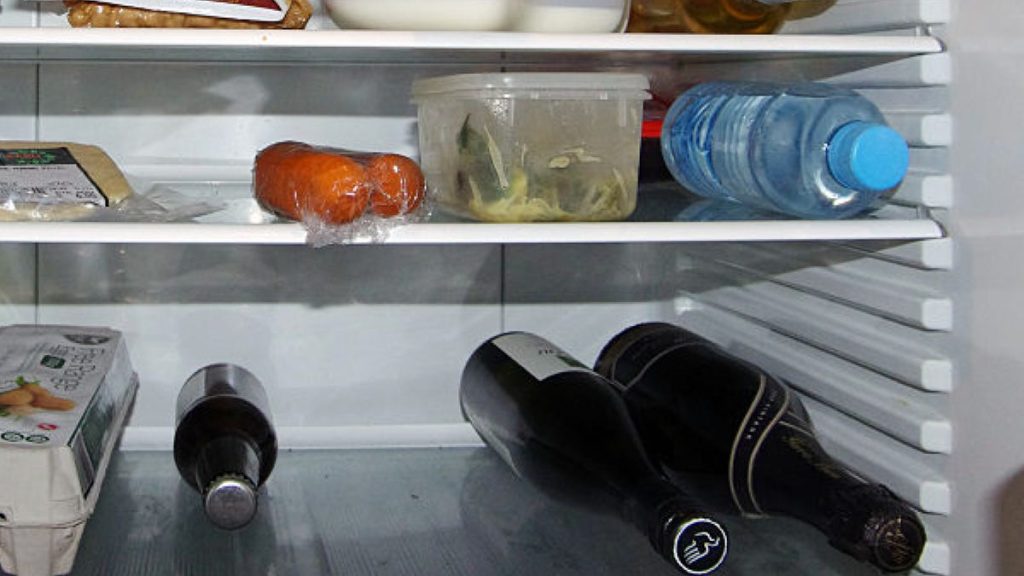Preserving the Life of Your Opened Wine: A Comprehensive Guide
The age-old question of whether to refrigerate opened red wine is answered with a resounding "yes" by wine educator Rachel Thralls. Refrigeration significantly slows the oxidation process, preserving the wine’s freshness for up to five days. While room temperature might seem appropriate for red wine, a cooler environment is key to preventing its rapid deterioration. Before serving, simply allow the chilled red wine to rest at room temperature for about 10 minutes to reach an optimal serving temperature. This principle applies to all wine types, with variations in storage duration depending on the specific characteristics of each.
Sparkling wines, the most ephemeral of the bunch, retain their effervescence for only one to three days in the refrigerator. The higher pressure in traditional method sparkling wines, such as Champagne and Cava, grants them a slightly longer lifespan compared to tank method sparkling wines like Prosecco. Specialized stoppers, or even elaborate preservation systems that reintroduce carbon dioxide, can further extend their bubbly lifespan.
Light-bodied white wines, rosés, and sweet white wines fare better, remaining enjoyable for four to five days under refrigeration. However, subtle changes in taste are inevitable after the first day due to oxidation, gradually diminishing the vibrant fruit character. Full-bodied white wines, like oaked Chardonnay, are more susceptible to oxidation due to their exposure to oxygen during the aging process, limiting their post-opening lifespan to two or three days. Vacuum caps are particularly beneficial for preserving these wines.
Red wines generally last three to five days in the refrigerator. The wine’s tannin and acidity content influence its longevity; higher levels, like those found in Cabernet Sauvignon, contribute to longer preservation compared to lower-tannin varieties like Pinot Noir. Interestingly, some red wines might even benefit from a day of breathing after opening. Regardless, refrigeration is always preferable to leaving the wine at room temperature.
Beyond refrigeration, several other strategies contribute to preserving opened wine. Investing in a wine preserver, whether a simple stopper or a more sophisticated system that removes oxygen or replaces it with argon gas, is highly recommended. These devices create an airtight seal, minimizing oxidation and extending the wine’s drinkability. Consistent cool storage, ideally in a wine fridge or a cool, dark place away from direct sunlight and heat sources, is paramount. Temperatures above 70 degrees Fahrenheit accelerate ethanol evaporation, negatively impacting the wine’s aroma and flavor.
Serving temperature significantly affects the wine-drinking experience. While personal preferences play a role, optimal temperature ranges enhance the wine’s characteristics. Generally, serving wines slightly cooler than room temperature brings out their best qualities. Overly chilled wines can mask delicate floral aromas, while excessively warm wines amplify the alcoholic scent. A standard 5-ounce pour allows ample space in the glass for swirling and appreciating the wine’s aromas.
Sparkling wines and inexpensive still wines are best served chilled, between 40 and 45 degrees Fahrenheit. High-quality Champagnes and sparkling wines, however, benefit from slightly warmer temperatures, aligning with the ideal serving range for light white wines (45 to 50 degrees Fahrenheit). Rosés also thrive at these cooler temperatures, preserving their crispness and acidity. Fuller-bodied white wines, like Chardonnay, offer more flexibility, ranging from 48 to 56 degrees Fahrenheit, with slightly warmer temperatures enhancing the fruit flavors of oaked varieties. Light-bodied red wines, such as Pinot Noir, also fall within this cooler range.
Medium-bodied red wines, like Merlot, find their sweet spot at 55 degrees Fahrenheit, conveniently aligning with ideal cellar temperature. Full-bodied reds, including Cabernet Sauvignon, Syrah, and Zinfandel, are best served slightly warmer, between 59 and 68 degrees Fahrenheit. While this might seem counterintuitive, serving these wines slightly cool allows them to gradually warm in the glass, revealing their complex flavors.
By following these storage and serving guidelines, wine enthusiasts can maximize the enjoyment of every bottle, minimizing waste and savoring every sip. Whether it’s a simple weeknight dinner or a special occasion, proper wine preservation ensures a delightful and flavorful experience. Cheers to preserving the integrity and enjoyment of your favorite wines!

